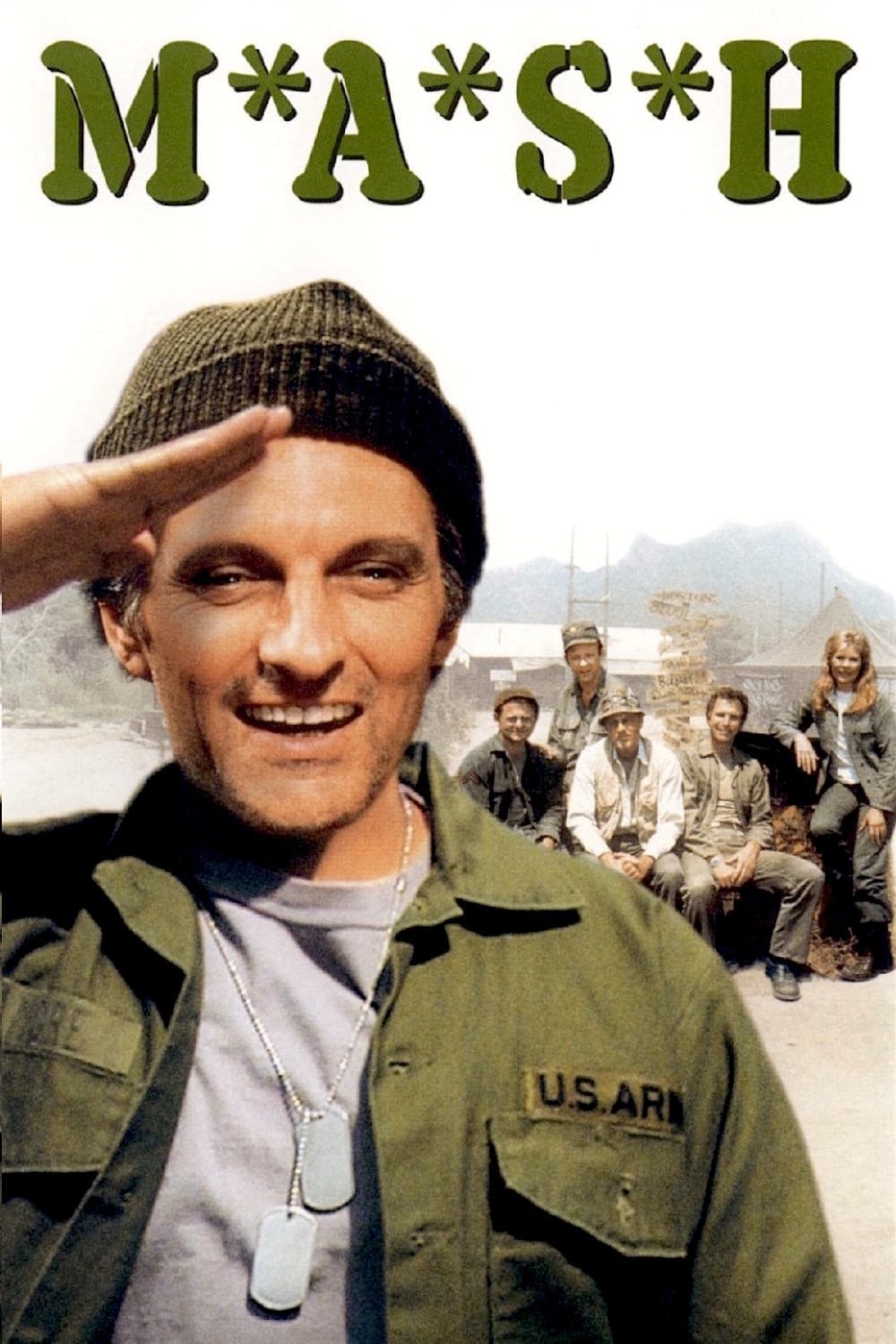M*A*S*H, an iconic television series that aired from 1972 to 1983, has left an indelible mark on the world of entertainment. Set against the backdrop of the Korean War, this show masterfully blended humor with poignant storytelling, creating a unique viewing experience that resonated deeply with audiences. It not only entertained but also provided social commentary on war and its effects on individuals and society.
With its memorable characters, such as Hawkeye Pierce, Trapper John McIntyre, and Father Mulcahy, M*A*S*H captured the hearts of viewers worldwide. The show's ability to tackle serious issues through comedy made it stand out during its era. Over its eleven-season run, M*A*S*H garnered numerous accolades, including multiple Emmy Awards, solidifying its place in television history. This article delves into some of the most unforgettable episodes that defined this legendary series.
Behind the Scenes: Unveiling the Making of M*A*S*H
The creation of M*A*S*H was nothing short of remarkable. Developed by Larry Gelbart, the series was inspired by Richard Hooker's novel and the subsequent film directed by Robert Altman. The transition from book to screen brought together a stellar cast, including Alan Alda, Loretta Swit, and McLean Stevenson, among others. Their performances breathed life into the fictional 4077th Mobile Army Surgical Hospital.
A unique aspect of M*A*S*H was its filming location at Malibu Creek State Park. This picturesque setting added authenticity to the portrayal of a military camp during wartime. Filming outdoors allowed the production team to simulate real-life conditions faced by soldiers in the field, enhancing the realism of the show.
Beyond the actors and locations, M*A*S*H thrived due to its talented writers and producers who ensured each episode maintained high standards of quality and relevance. Interviews with super fans and creators revealed fascinating insights into the show's development process, further enriching our understanding of this beloved series.
Exploring the Legacy of M*A*S*H Characters
One cannot discuss M*A*S*H without mentioning its rich tapestry of characters. Each character brought something unique to the table, contributing to the show's depth and appeal. For instance, William Christopher’s portrayal of Father Mulcahy showcased the compassionate side of military personnel, while Jamie Farr’s Maxwell Klinger highlighted themes of cultural diversity and acceptance.
Alan Alda, known for his role as Captain Benjamin Hawkeye Pierce, played a pivotal part in shaping the narrative direction of the series. Interestingly, Alda served as an actual army officer in Korea before becoming an actor, lending credibility to his performance. His dual roles as both actor and writer underscored his versatility and commitment to the project.
These characters transcended their fictional origins, influencing popular culture significantly. They became symbols representing various facets of human nature amidst adversity, leaving lasting impressions long after the final episode aired.
Reflections on M*A*S*H's Cultural Impact
M*A*S*H's influence extended far beyond mere entertainment; it sparked meaningful conversations about war, medicine, and humanity. Through its engaging storyline and relatable characters, the show addressed critical issues affecting society at large. Its finale remains one of the most-watched television events ever, underscoring its widespread popularity.
In addition to its broadcast success, M*A*S*H inspired exhibitions and retrospectives celebrating its legacy. Museums around the globe have hosted displays dedicated to exploring different aspects of the series, attracting fans eager to revisit cherished memories. Such initiatives highlight the enduring impact M*A*S*H continues to exert decades later.
As we reflect upon these achievements, it becomes clear why M*A*S*H holds such a special place in many people's hearts. By combining laughter with introspection, the series achieved greatness, proving that great storytelling knows no bounds.

